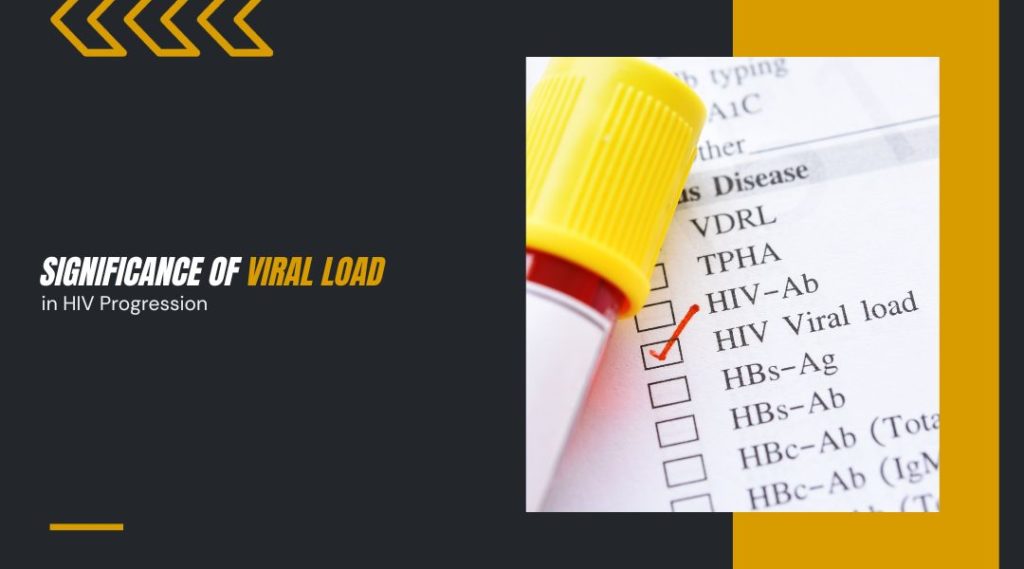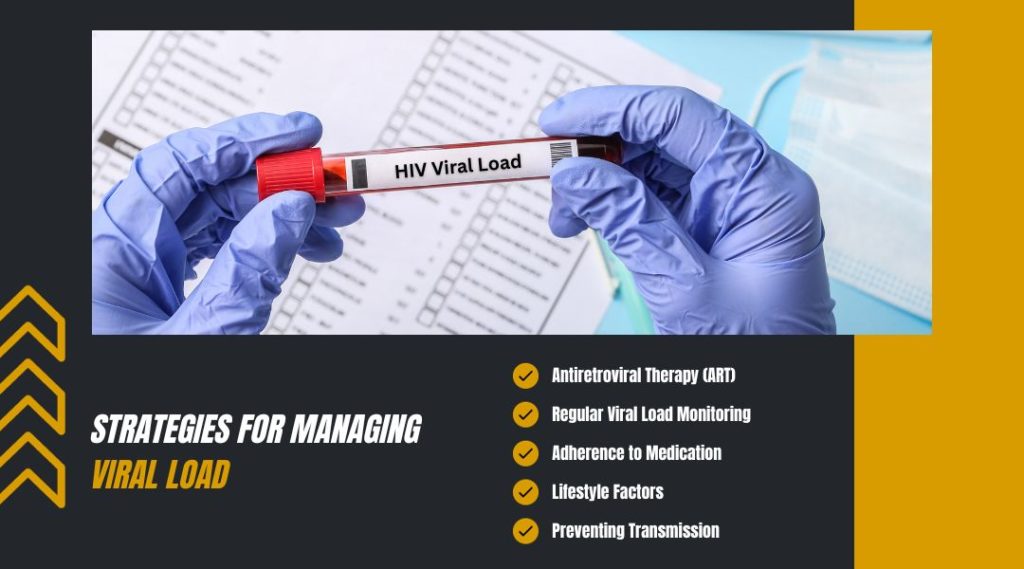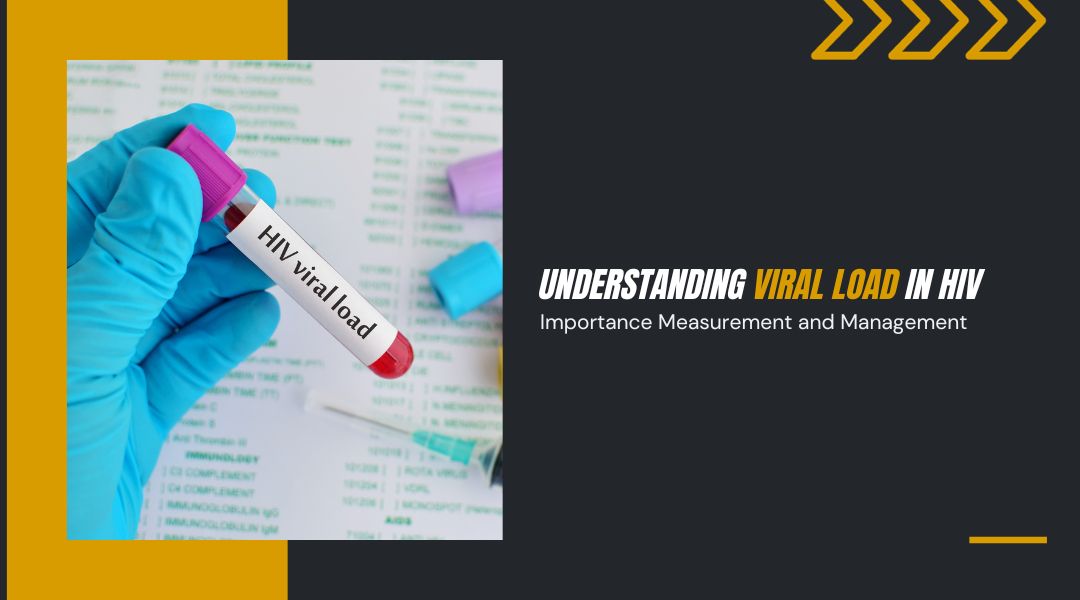Understanding Viral Load in HIV : Importance Measurement and Management
In the realm of HIV management, one crucial metric plays a pivotal role in understanding the progression of the virus within the body – viral load. As individuals and healthcare professionals navigate the complexities of HIV, grasping the concept of viral load becomes imperative for effective treatment and overall well-being. This article aims to provide a comprehensive overview of what viral load in HIV entails, how it is measured, its significance in the context of HIV progression, and the strategies employed to manage it.
What is Viral Load in HIV?
Viral load refers to the amount of HIV present in a person’s blood. It is measured as the number of copies of the virus per milliliter of blood. This metric is crucial in understanding the intensity of HIV replication within the body and is a key indicator of how well the immune system is controlling the virus.
Significance of Viral Load in HIV Progression

The viral load in an individual with HIV is not constant; it can fluctuate over time. Monitoring these fluctuations is essential for gauging the effectiveness of antiretroviral therapy (ART) and predicting the progression of the disease. A high viral load often indicates that the immune system is struggling to control the virus, potentially leading to faster disease progression and a higher risk of transmitting the virus to others.
How is Viral Load Measured?
The measurement of viral load involves specialized laboratory tests that quantify the amount of HIV RNA in a blood sample. The results are usually expressed as the number of copies of HIV RNA per milliliter of blood. Modern techniques, such as polymerase chain reaction (PCR), have greatly improved the accuracy and sensitivity of viral load testing, allowing healthcare professionals to monitor HIV levels with precision.
Importance of Viral Load Monitoring in HIV Treatment
Viral load monitoring is integral to the management of HIV, especially in individuals undergoing antiretroviral therapy (ART). ART aims to suppress viral replication, reducing the viral load to undetectable levels. Achieving and maintaining an undetectable viral load is associated with improved long-term health outcomes, a lower risk of opportunistic infections, and a decreased likelihood of transmitting the virus to others.
Strategies for Managing Viral Load

Antiretroviral Therapy (ART)
The cornerstone of managing viral load in HIV is the timely initiation and consistent adherence to ART. ART comprises a combination of medications that target different stages of the HIV life cycle, effectively suppressing viral replication.
Regular Viral Load Monitoring
Healthcare providers monitor viral load regularly, especially in the early stages of treatment. This allows for prompt adjustments to the treatment plan if the viral load is not adequately suppressed.
Adherence to Medication
Consistent adherence to prescribed medications is critical for the success of ART. Skipping doses or not following the prescribed schedule can lead to treatment failure and an increase in viral load.
Lifestyle Factors
Healthy lifestyle choices, including a balanced diet, regular exercise, and adequate rest, can contribute to overall well-being and support the effectiveness of HIV treatment.
Preventing Transmission
Achieving an undetectable viral load through effective treatment not only benefits the individual’s health but also significantly reduces the risk of transmitting the virus to others. This underscores the importance of viral load management in HIV prevention efforts.
Understanding viral load in HIV is central to effective disease management. Regular monitoring, adherence to treatment regimens, and lifestyle choices play pivotal roles in achieving and maintaining an undetectable viral load. As advancements in HIV research and treatment continue, the significance of viral load in guiding therapeutic decisions and improving patient outcomes remains paramount. By delving into the intricacies of viral load, individuals Living with HIV and healthcare professionals can work together to navigate the complexities of the virus and strive for better health and quality of life.

